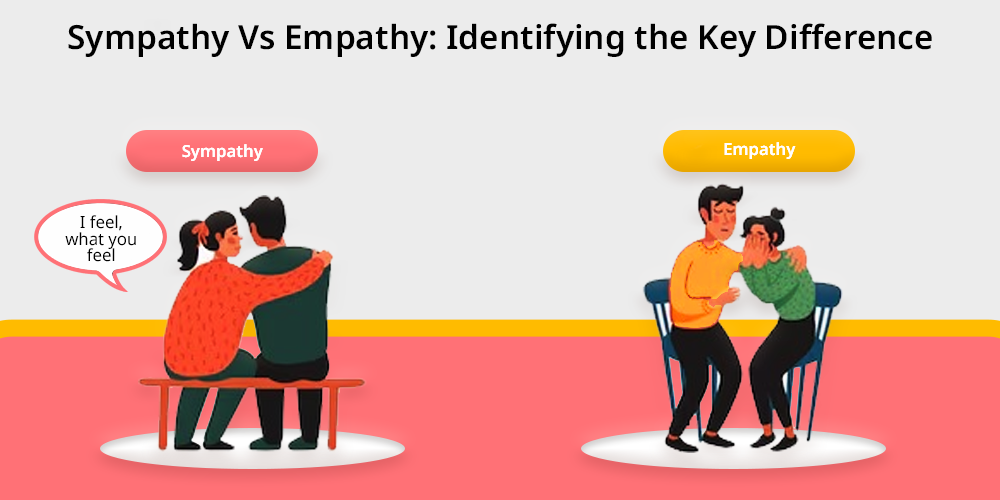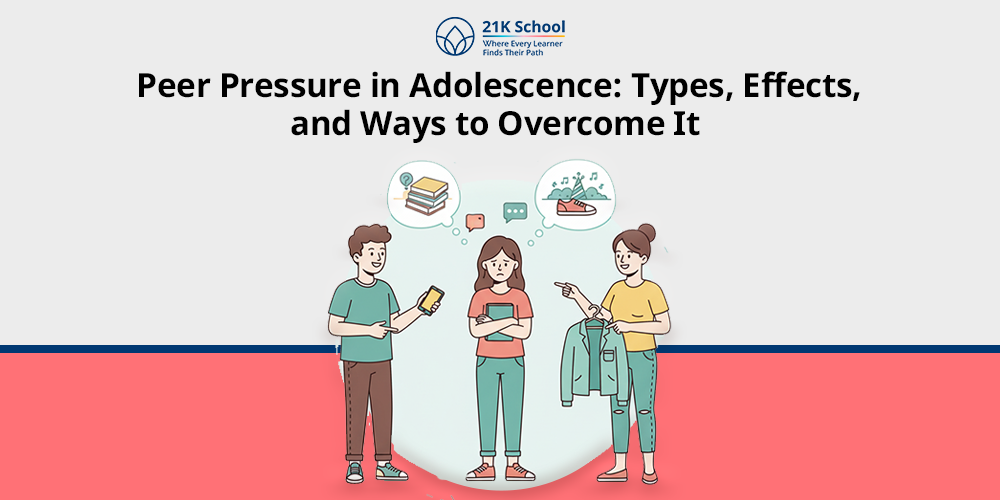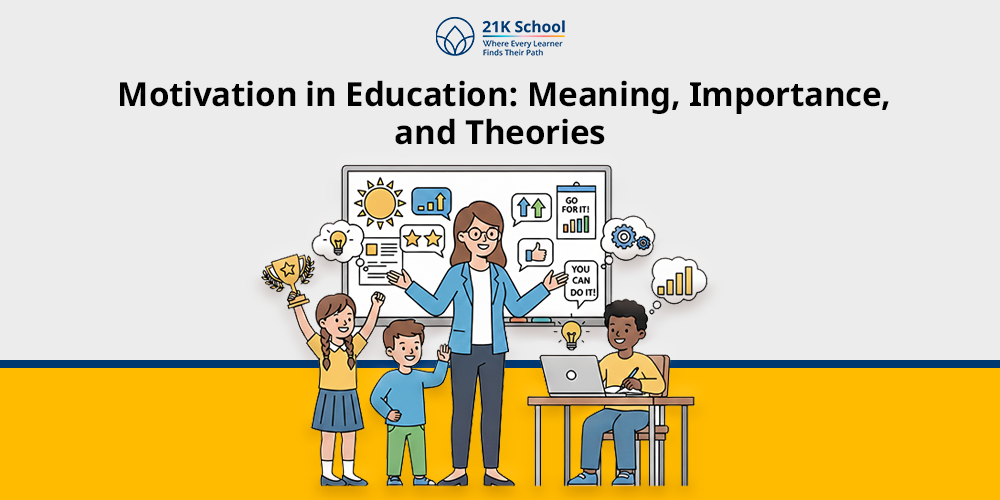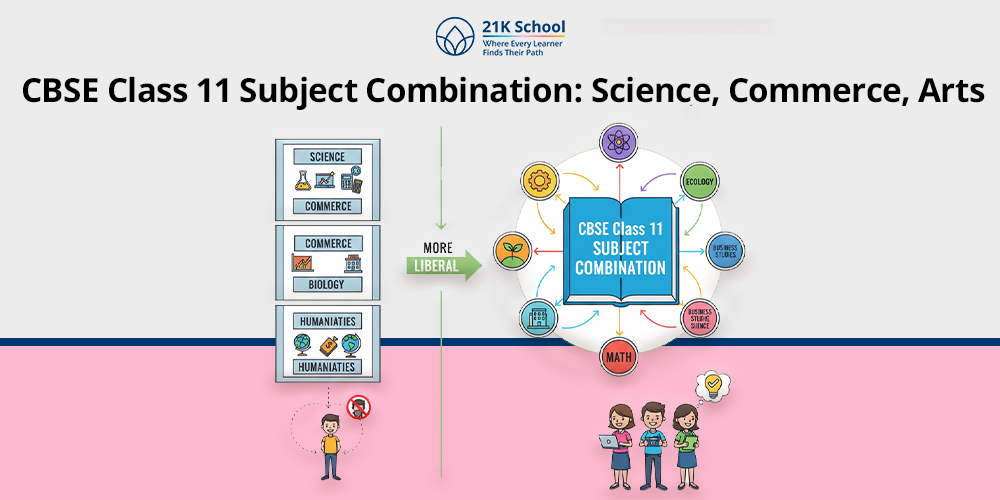
Are you seeking a difference in sympathy vs empathy? I am glad to answer these complicated terms but both are crucial, especially for students.
In the world of real connection support matters not just for personal but also for educational purposes.
Sympathy and empathy are two most common emotional concepts. However, people often use these terms interchangeably and get confused.
Talking about the emotional concepts for learners, read more on the social emotional learning here.
Sympathy and empathy represent distinctly different emotional responses to the experiences of others.
Let’s explore the real difference between sympathy and empathy, their similarities and many more to make you aware.
Table of Contents
What is Sympathy?
Sympathy indicates a feeling of care and understanding of an individual who is going through some problems or any kind of pain.
The process involves acknowledging the person’s problem, observation, and expressing concern for their well-being.
Expressing sympathy represents recognizing that someone is going through a difficult time, and you are feeling sorrow.
However it doesn’t mean that you feel the same pain because sympathy is more about understanding and acknowledging instead of sharing the problem.
Hence, the development of sympathy is essential for the problem solving abilities of any individual.
If you are feeling bad for an accident, sorry for difficult family situations or sending a get well soon card in sickness, all these are sympathy.
What is Empathy?
Empathy represents the potential to understand and share the feelings of another person. It includes experiencing their emotions as if they were your own.
As compared to sympathy, empathy goes one step further. Because you understand and share the feelings of another person as well as feel the pain.
When a person emotionally connects with someone else’s experience like sadness or depression, not just recognizing it from the outside.
There are different types of empathy such as cognitive empathy, emotional empathy and compassionate empathy. It allows people to make deep connections.
Also read: how to develop empathy in a child.
Key Differences Between Sympathy And Empathy
| S.No. | Particulars | Sympathy | Empathy |
| 1. | Core Emotion: | Core emotions in sympathy include pity, sorrow and concern. | Empathy includes understanding, compassion and shared feelings. |
| 2. | Personal Connection: | As compared to empathy, sympathy is less personal. It is often a feeling of “I feel bad for you”. | As compared to sympathy, empathy is more personal. This includes a feeling of “I feel with you”. |
| 3. | Focus: | Sympathy focuses on your own feelings about the other person’s situation. | Empathy is focused on understanding the other person’s feelings and perspective. |
| 4. | Duration: | Sympathy can be a fleeting response. | Empathy is often deeper and more sustained. |
| 5. | Example: | Sending a condolence card to a friend who lost a loved one. Talk with a friend and apologise for whatever suddenly happened. | Sitting quietly with a friend and saying, “I can’t imagine how hard this must be for you. I’m here.” A doctor acknowledging a patient’s fear and validating it. |
Moving Beyond Sympathy & Empathy: Compassion
The comparison between sympathy and empathy has some differences and similarities. Both of them offer significant advantages to students, teachers and parents.
For students it is important to understand other students’ points of view and for teachers empathy and sympathy provide a positive impression in school.
Read more on a positive learning environment here.
However, parents need to deal with a lot of stuff to manage children. And to do so sympathy and empathy plays a crucial role.
- Sympathy:
This includes acknowledging another individual’s hard time and feeling bad for them.
It’s a passive reaction mostly expressed with few lines of comfort but without necessarily leading to action.
- Empathy:
It includes putting yourself in another’s shoes. This means understanding other individual’s feelings, emotions, and experiences.
Empathy is a deeper connection than sympathy that helps you to feel what they’re feeling.
- Compassion:
Compassion is a deeper feeling than empathy, encompassing a desire to alleviate suffering and actively work to help others.
It’s more than just understanding or feeling sympathy for someone. It’s about taking meaningful action and actively working to improve their lives.
Similarities Between Sympathy Between Empathy
Sympathy and empathy both have various differences but also have some similarities. Here what similar in both:
- Recognizing and Acknowledging the Emotional State:
Both sympathy and empathy involve recognizing and acknowledging the emotional state of another person.
From sadness, joy, fear, or anger both connect with other individuals’ emotions. You can take help of the different social emotional activities for analysing these emotions.
- Both aim to support the other person:
Sympathy and empathy both main aims to support, comfort and understand the other person.
It not only acknowledges and supports but also comforts them when needed.
- Both are often related to negative emotions:
Empathy and sympathy both are often related to negative emotions caring about others’ feelings. They are usually shown when someone is in trouble or in pain.
People mostly use empathy and sympathy to support others during tough or emotional situations, showing kindness and concern.
Key Takeaways!
Sympathy is feeling for someone on the other hand empathy is feeling with someone. Empathy includes a deeper emotional resonance and a sense of shared experience.
Compassion between sympathy and empathy combines both emotions with a drive to take helpful action. Understanding and using empathy builds stronger and more meaningful connections.
In learning leadership skills, and education, online schooling and relationships, empathy fosters trust and well-being.
Sympathy and empathy helps to develop leadership skills in students.
Remember both the emotions are useful. Because sympathy can be appropriate in certain moments. But empathy often allows for deeper understanding and healing.



